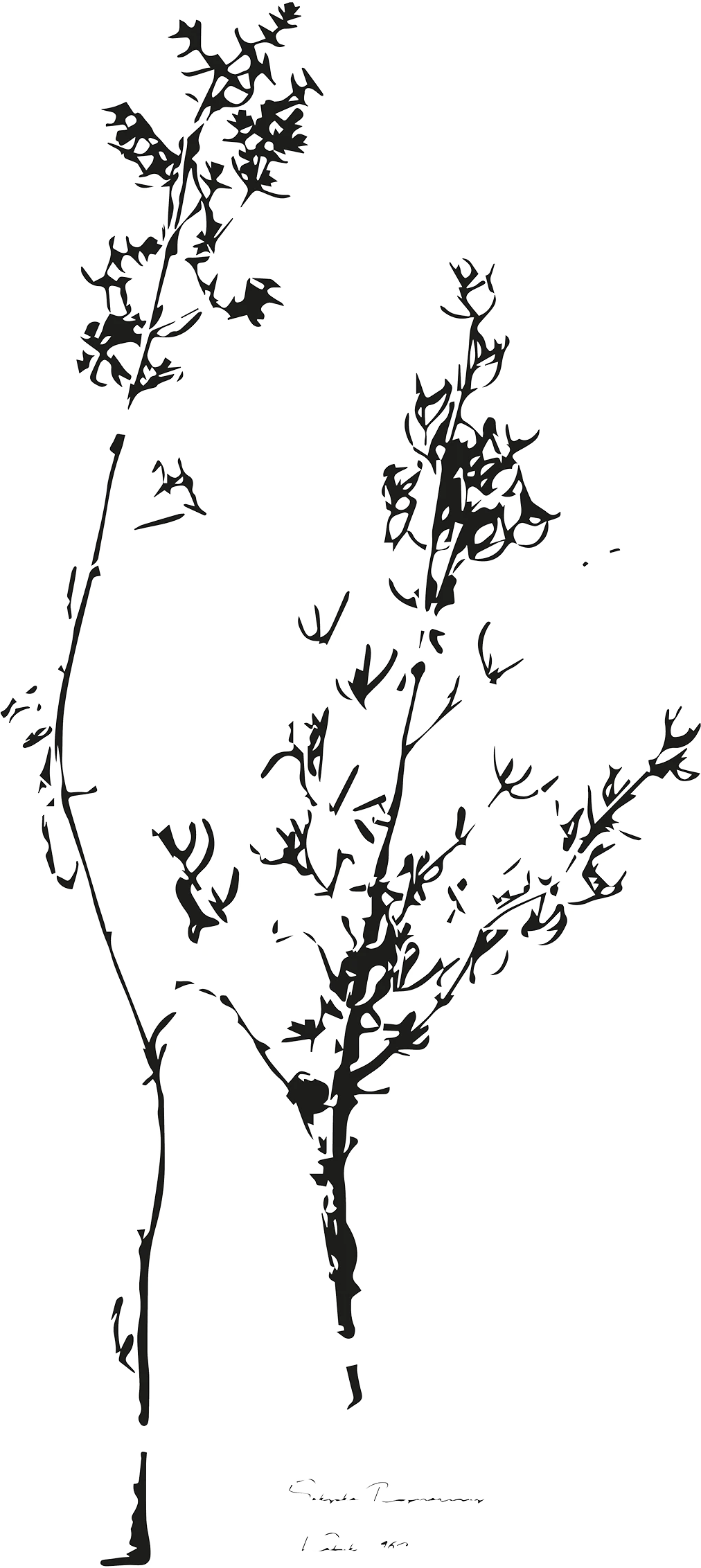Bamiyan Turquoise | Afghanistan’s hidden gem
Afghanistan’s jewellery traditions trace back thousands of years - from ancient Silk Road trade routes to the legendary Tillya Tepe hoard, renowned for its staggering beauty and finesse. That legacy continues to this day. Afghanistan is home to highly-skilled jewellers who benefit from direct access to an array of locally-sourced gemstones, from emeralds, to lapis lazuli, and the little-known Bamiyan Turquoise.
Bamiyan Turquoise is one of our favourite gemstones to use in our jewellery collections. Whether set in a delicate drop earring, statement ring, or elegant pendant, this richly textured stone effortlessly elevates any design.
Though its scientific name is chrysocolla, in Afghanistan it is better known as Bamiyan Turquoise. It’s a fitting name for this blue-green stone, which bears a remarkable resemblance to Turquoise, while also evoking the unique colours of Bamiyan.
Shop our collection of Afghan jewellery, made with Bamiyan Turquoise.
Where is Bamiyan?
Bamiyan, sometimes known as the “Shining Light” or “Valley of Gods”, is a province in central Afghanistan. This lush, verdant valley is renowned for its natural beauty - with sweeping fields, turquoise lakes, and clear blue skies. Cradled by the Hindu Kush and Koh-e Baba mountain ranges, Bamiyan is surrounded by snow-capped peaks on all sides.
Our gemstones are mined just a stone’s throw away from the famous Buddhas of Bamiyan, which were destroyed by the Taliban in 2001.
 Bamiyan. Photo by Alex Treadway.
Bamiyan. Photo by Alex Treadway.
What are the Buddhas of Bamiyan?
Afghanistan was once home to the tallest standing Buddhas in the world. Bamiyan was a crucial trade stop on the ancient Silk Road for millennia, and once marked the most westerly point of Buddhist expansion. Here,several Buddhist monasteries came to reside in caves. The great Buddhas were constructed in the 6th-century, two monumental statues, carved into the sandstone cliffs.
Having looked out across the beautiful Bamiyan valley for more than 13 centuries, in 2001 the Taliban turned their RPGs on the monuments. Today, only empty niches remain.
 The Buddhas of Bamiyan. Photo by Annabel Illingworth.
The Buddhas of Bamiyan. Photo by Annabel Illingworth.
What is the meaning of Chrysocolla?
Bamiyan Turquoise’s technical name, chrysocolla, comes from the Ancient Greek words for gold (χρυσός - khrusós) and glue (κολλα - kolla). This hints at the material's historic use in soldering, as it is relatively easy to work with and shape, and has long been used in goldsmithing.
Since antiquity, chrysocolla has been a favoured gemstone for carvings, ornaments, and jewellery, thanks to its durability and beauty alike. Its bright colours and mineral properties are also thought to bring calm and clarity to its wearers.
What colour is Chrysocolla?
Chrysocolla ranges in colour across a spectrum of vibrant cyans and vivid greens, depending on the amount of silica present.
Pure chrysocolla is a deep, almost navy hue, but its composition makes it too soft for jewellery use. However, in its lighter shades of green and blue, it has a hardness that makes it a perfect choice for jewellery, adorning necklaces, rings, earrings, and more. Its intricate variations make each piece of Bamiyan Turquoise unique.
Where is Chrysocolla found?
Chrysocolla is found worldwide amidst oxidised copper deposits, and is thought to be a mixture of spertinite and chalcedony.
We source the finest quality Bamiyan Turquoise from the ancient mines of Afghanistan and work with master artisans in the old city of Kabul to create our jewellery collections, blending ancient techniques with contemporary forms.
Shop our collections of Afghan jewellery, made with Bamiyan Turquoise.









